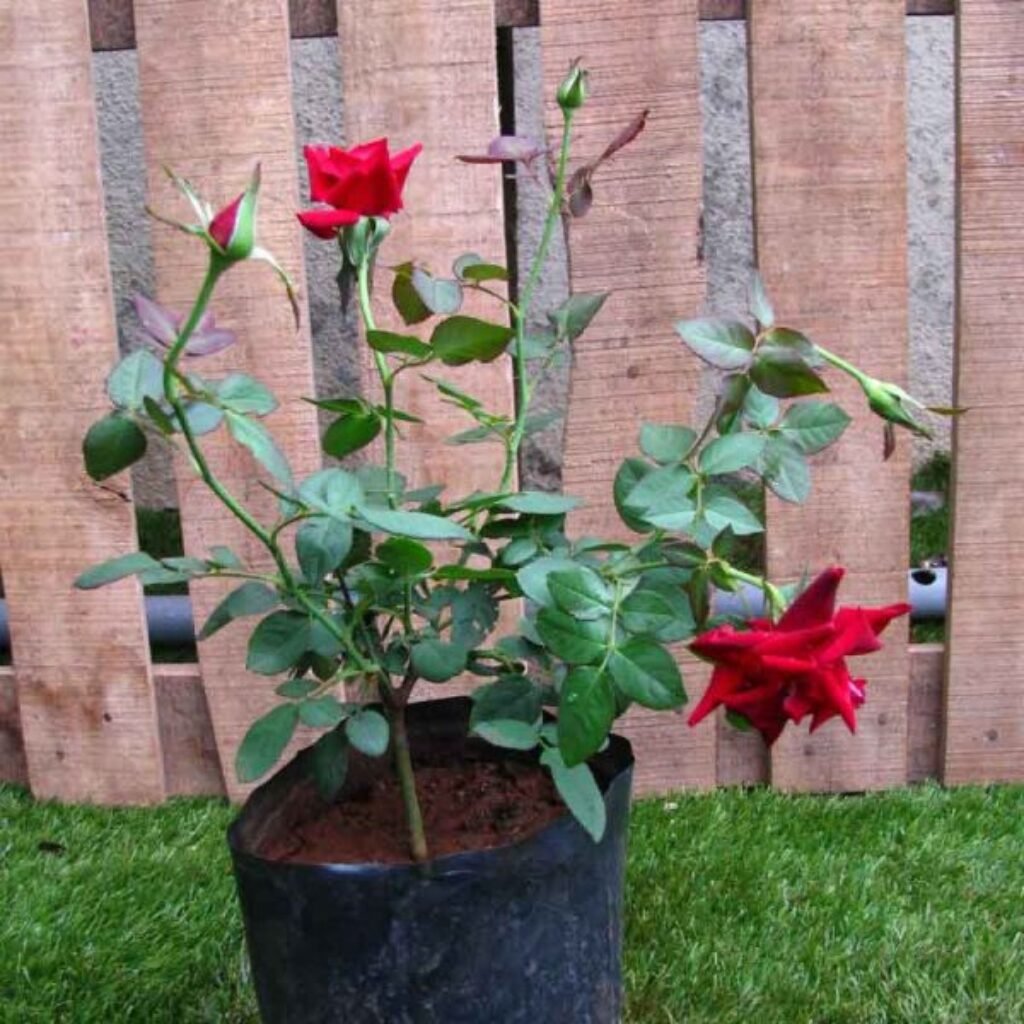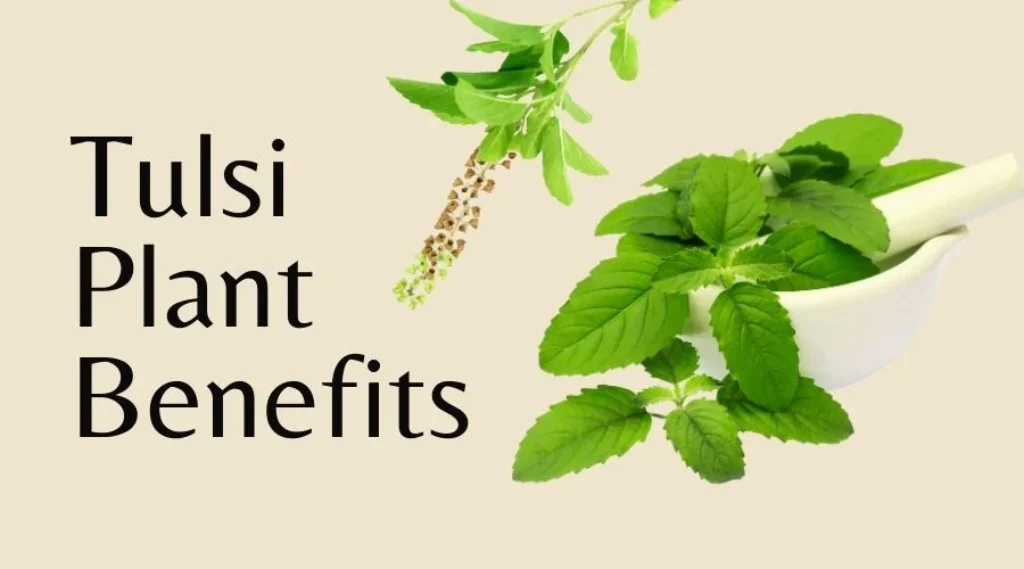
Welcome to GujaratTop Blog! Today, we will take you to share something about plants and its types.
A plant is a living organism that grows in the soil and has stems, leaves and roots. Greenery photosynthesize their food using sunshine, water and atmospheric CO2. They are important because they give off both food and oxygen to all the animals as well as as humans. Species are classified in the kingdom Plantae.
Table of Contents
List of Common Plant Names
A comprehensive list of common English names of species with respective Hindi names is given below.
| Sl No | Plant Name (English) | Hindi Name |
| 1 | Rose | गुलाब |
| 2 | Tulip | ट्यूलिप |
| 3 | Sunflower | सूरजमुखी |
| 4 | Lily | लिली |
| 5 | Daisy | डेज़ी |
| 6 | Orchid | ऑर्किड |
| 7 | Lavender | लैवेंडर |
| 8 | Jasmine | चमेली |
| 9 | Hibiscus | गुड़हल |
| 10 | Daffodil | डैफ़ोडिल |
| 11 | Marigold | गेंदा |
| 12 | Geranium | जेरेनियम |
| 13 | Carnation | कार्नेशन |
| 14 | Pansy | पैंसी |
| 15 | Peony | पियोनी |
| 16 | Azalea | अजेलिया |
| 17 | Hydrangea | हाईड्रेंजिया |
| 18 | Chrysanthemum | गुलदौदी |
| 19 | Begonia | बेगोनिया |
| 20 | Iris | आईरिस |
| 21 | Fuchsia | फ्यूशा |
| 22 | Petunia | पेटूनिया |
| 23 | Zinnia | ज़िनिया |
| 24 | Snapdragon | स्नैपड्रैगन |
| 25 | Cosmos | कोसमोस |
| 26 | Dahlia | डेलिया |
| 27 | Foxglove | फ़ॉक्सग्लव |
| 28 | Gladiolus | ग्लेडियोलस |
| 29 | Aster | एस्टर |
| 30 | Bleeding Heart | ब्लीडिंग हार्ट |
| 31 | Columbine | कोलंबाइन |
| 32 | Forget-Me-Not | फ़ॉरगेट-मी-नॉट |
| 33 | Morning Glory | मॉर्निंग ग्लोरी |
| 34 | Nasturtium | नास्तर्शमियम |
| 35 | Phlox | फ्लॉक्स |
| 36 | Poppy | पॉपी |
| 37 | Primrose | प्रिमरोज़ |
| 38 | Ranunculus | रनन्कुलस |
| 39 | Sweet Pea | स्वीट पी |
| 40 | Verbena | वरबीना |
| 41 | Yarrow | यारो |
| 42 | Baby’s Breath | बेबीज़ ब्रेथ |
| 43 | Black-Eyed Susan | ब्लैक आईड सुज़न |
| 44 | Canterbury Bells | कैंटरबरी बेल्स |
| 45 | Cornflower | कॉर्नफ्लावर |
| 46 | Delphinium | डेल्फीनियम |
| 47 | Hollyhock | हॉलीहॉक |
| 48 | Lupine | लूपाइन |
| 49 | Stock | स्टॉक |
| 50 | Sweet William | स्वीट विलियम |
Also View : Kankaria Lake
Types of Plants
There are many ways species can be categorized, which is based on their characteristics. Here are some of the major kinds of species:
1. Herbs
Herbs are smaller, softer-stemmed species that are often used to flavor food. They are easier to grow and need less space. Herbs such as mint, basil and oregano offer vitamins and antioxidants and even have therapeutic properties.

List of herb species:






2. Shrubs
Shrubs are bushy, hardy greenery with woody stems and multiple branches. They give shelter to birds and insects and prevent soil erosion.

List of Shrub species:



3. Trees
A tree is a big, high plant with a woody trunk and dark green leaves to give food, shelter and shade. In many cultures, they also have cultural significance.

Examples of Trees:



4.Climbers
Climbers are species that grow by clinging to supports such as fences or trees, using their weak stems and tendrils. They are space-savers, and vertical gardening is also a good option.

Also view :Roses Plantation
List of Climber species:



5.Creepers
Creepers are weak-stemmed species that spread on the ground. They act as soil erosion barriers and provide shelter for animals.

List of Creeper:



Fun Facts About Common species:
Rose:
One of the most beautiful and fragrant flowers, roses come in various colors, and each color has its own meaning associated with it.

Tulsi :
In the Hindu culture, Tulsi is of great importance and usefulness And you have heard a lot about using it in various ways medicinal things.

Aloe Vera:
Aloe vera is a stemless succulent plant that stores fluids in its leaves, used for skin care and burns.

Mint:
Mint is a plant with a cold, refreshing aroma and is the most widely used fragrance in mouth-freshening products and beverages.

FAQs About species
What are plants?
Plants are living organisms in the kingdom Plantae. They grow in the soil and typically have stems, leaves, and roots. Species produce their own food through photosynthesis, using sunlight, water, and carbon dioxide.
Why are plants important?
Plants are vital because:
They produce oxygen through photosynthesis.
They provide food for animals and humans.
They contribute to ecosystems by offering shelter and preventing soil erosion.
What are the main types of plants?
Plants can be categorized into:
Herbs: Small, soft-stemmed plants (e.g., mint, basil, tulsi).
Shrubs: Woody plants with multiple stems (e.g., jasmine, lemon).
Trees: Large plants with a trunk and branches (e.g., mango, banyan).
Climbers: Plants that need support to grow vertically (e.g., money plant, cucumber).
Creepers: Plants that spread along the ground (e.g., watermelon, muskmelon).




